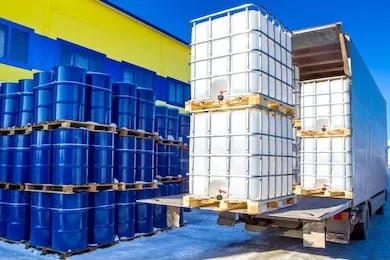How does the soaking alkali dry method do it?
2022-09-22

Stir the quartz sand and sodium salt uniformly, and melt and react at a high temperature of about 1400°C. According to different raw materials, it is divided into soda ash method and Glauber's salt method. The production process includes four processes including batching, calcination, leaching and concentration.
Phosphorine
1. Ingredients and melting: Soda ash or Glauber's salt and quartz sand are in proportion, mixed evenly by a mixer, and then added to a reverberatory furnace or a horseshoe flame furnace by a screw conveyor through a storage tank and a hopper for melting reaction.
2. Leaching: When the raw material is added to the melting furnace, the molten water glass can flow into the cooling tank from the discharge port, and then be sent into the storage bucket by a small crawler conveyor. The glass block is hoisted and poured into the drum. According to the weight of the block and different product specifications, add appropriate amount of water to dissolve with steam. The steam pressure is generally 0.4~0.5MPa, and the rotating speed of the liquid cylinder is 2~4r/min. Put it in the sink and remove impurities through natural sinking. Phosphorine
3. Concentration: The solution after removing impurities is sent to the concentration tank for concentration, using steam indirect heating, the bottom of the tank is heated by the waste heat of the furnace flue gas, and the solution is concentrated to the required concentration. Phosphorine
The above is about the introduction process of the soaking alkali dry method, do you understand it?





